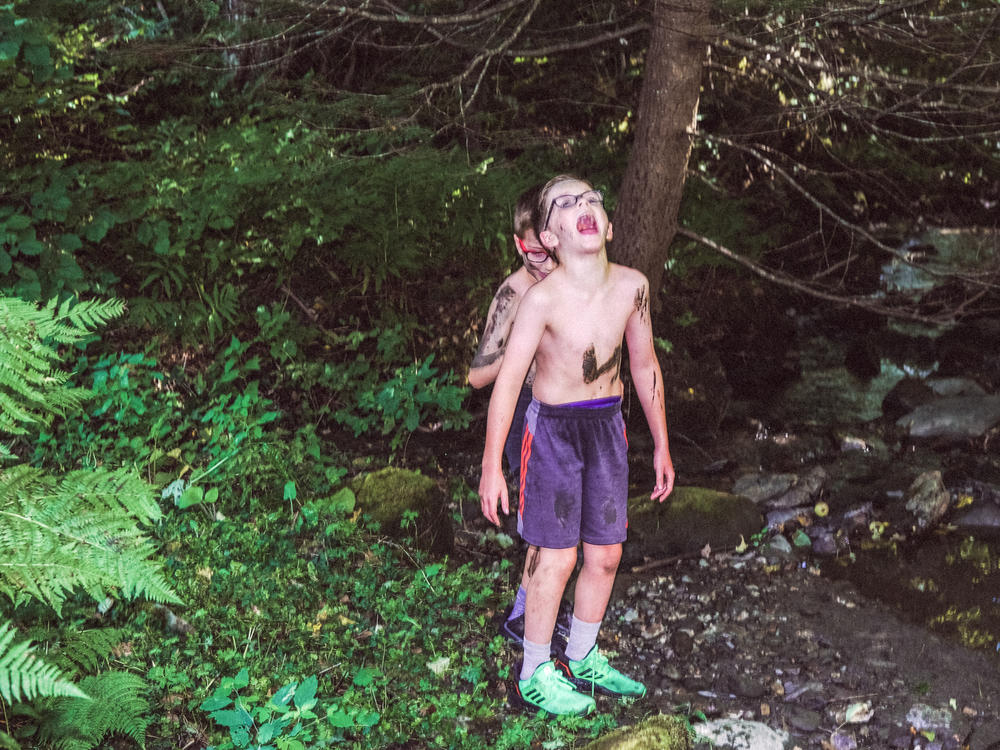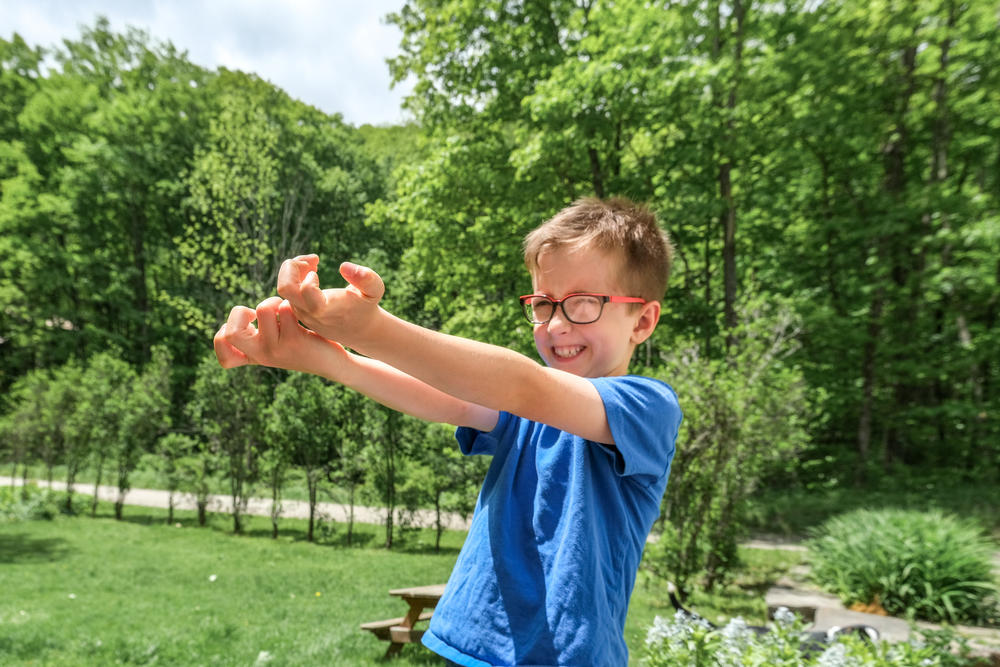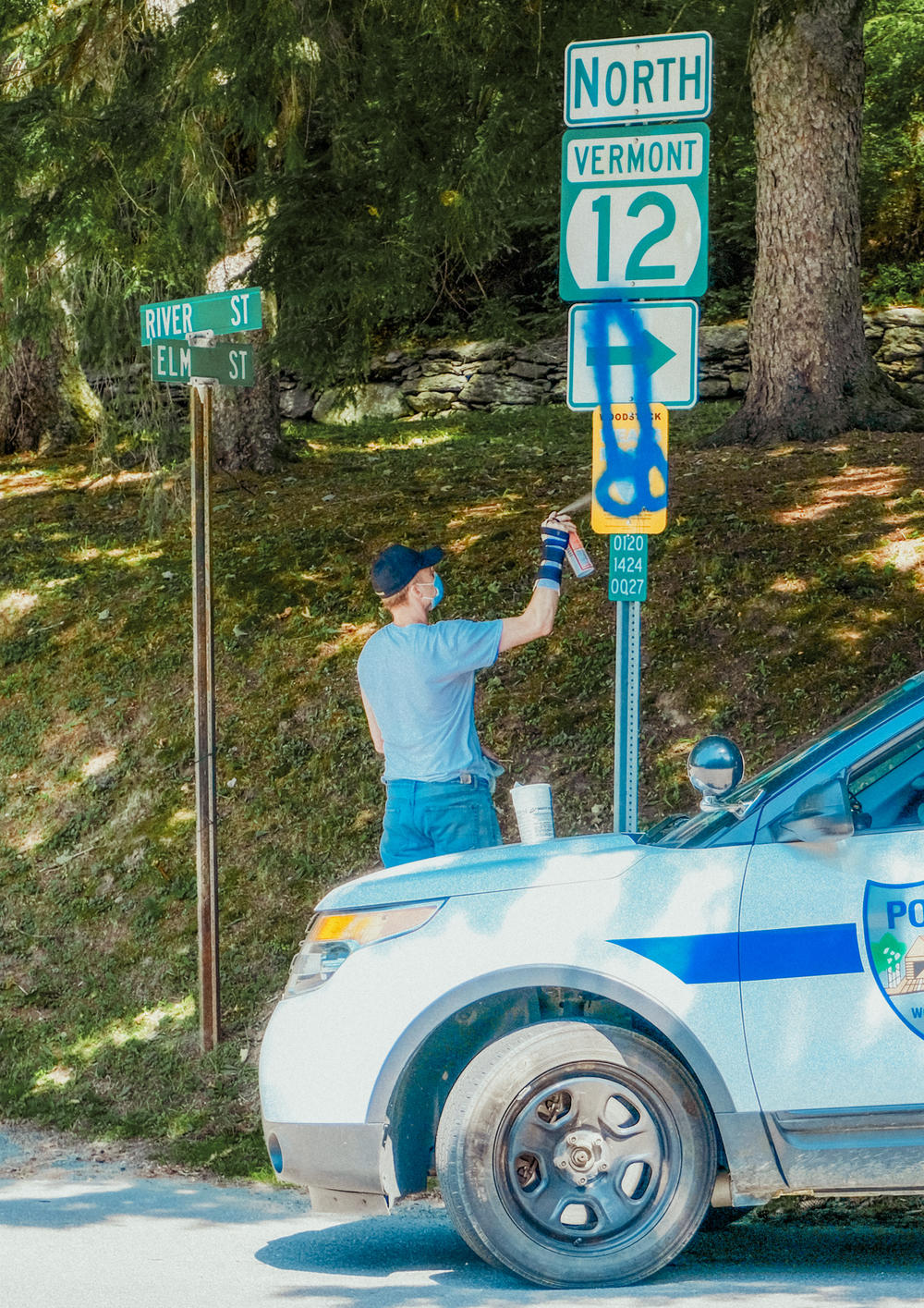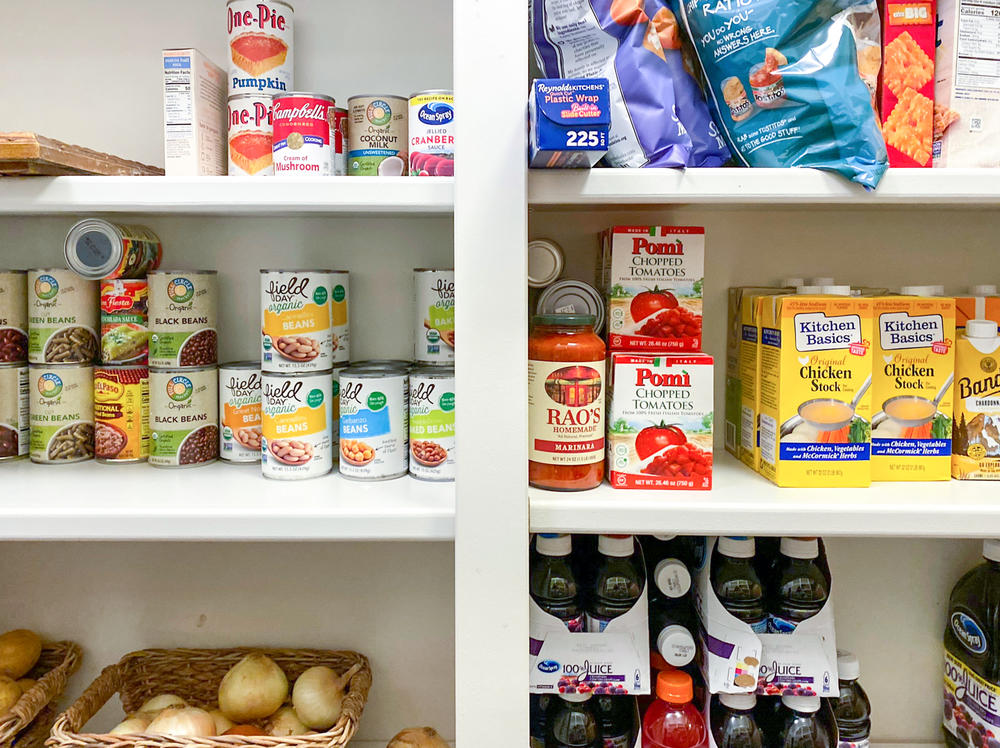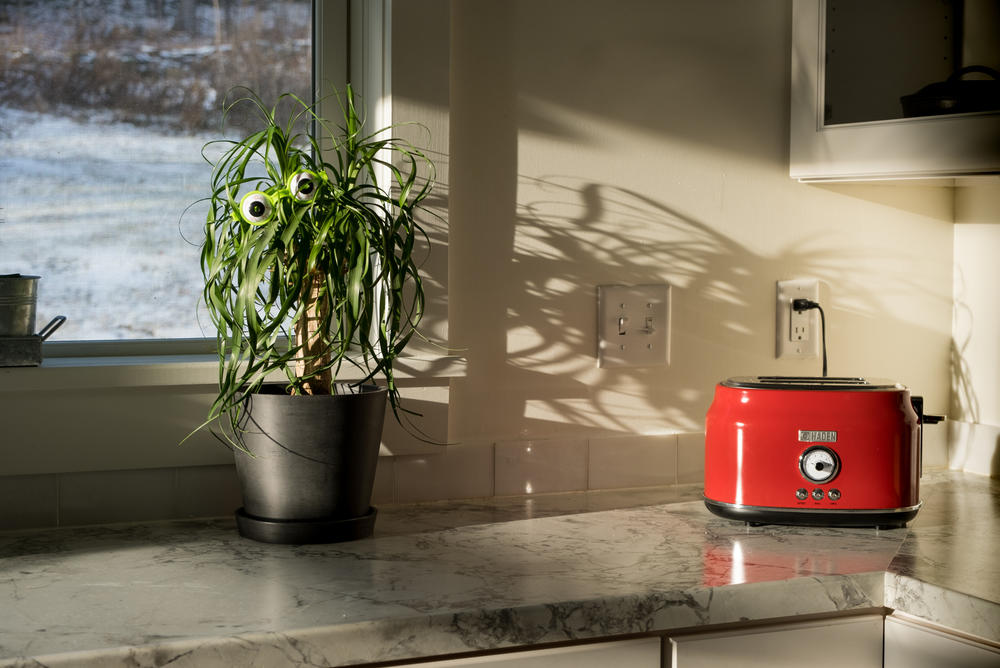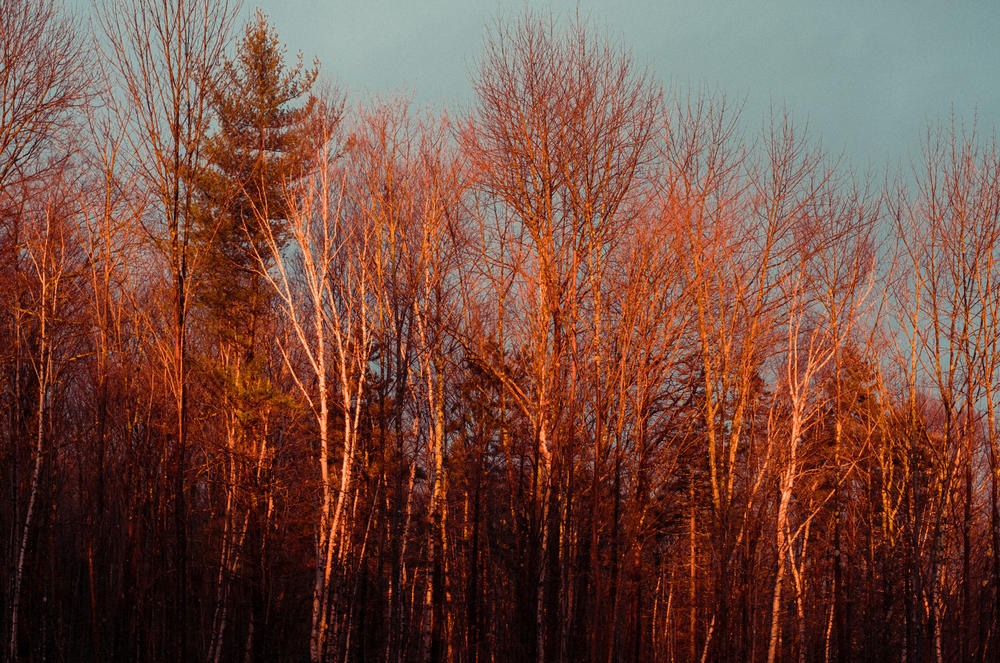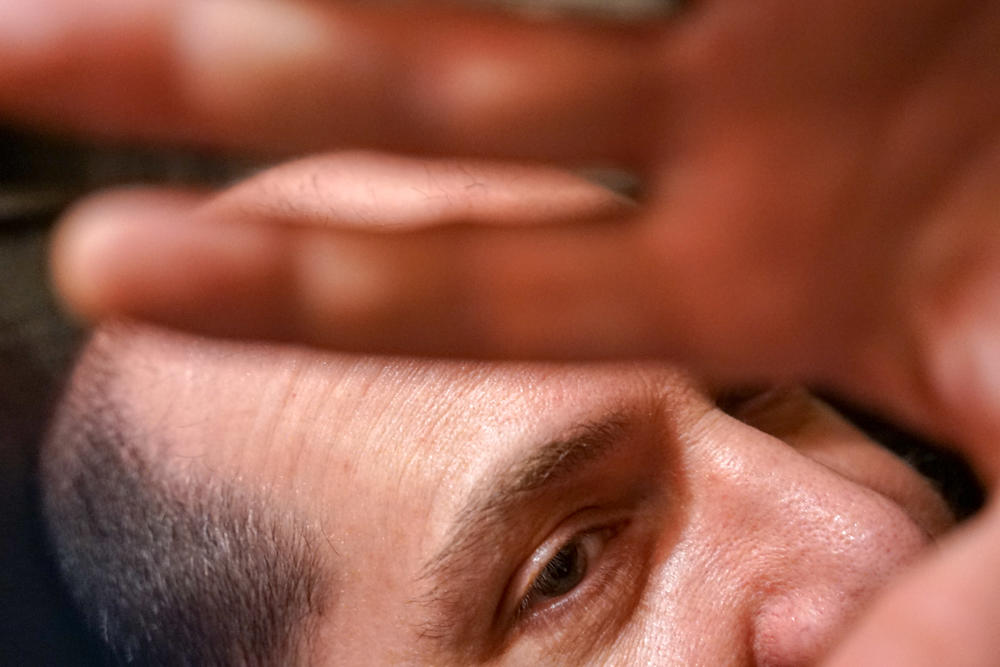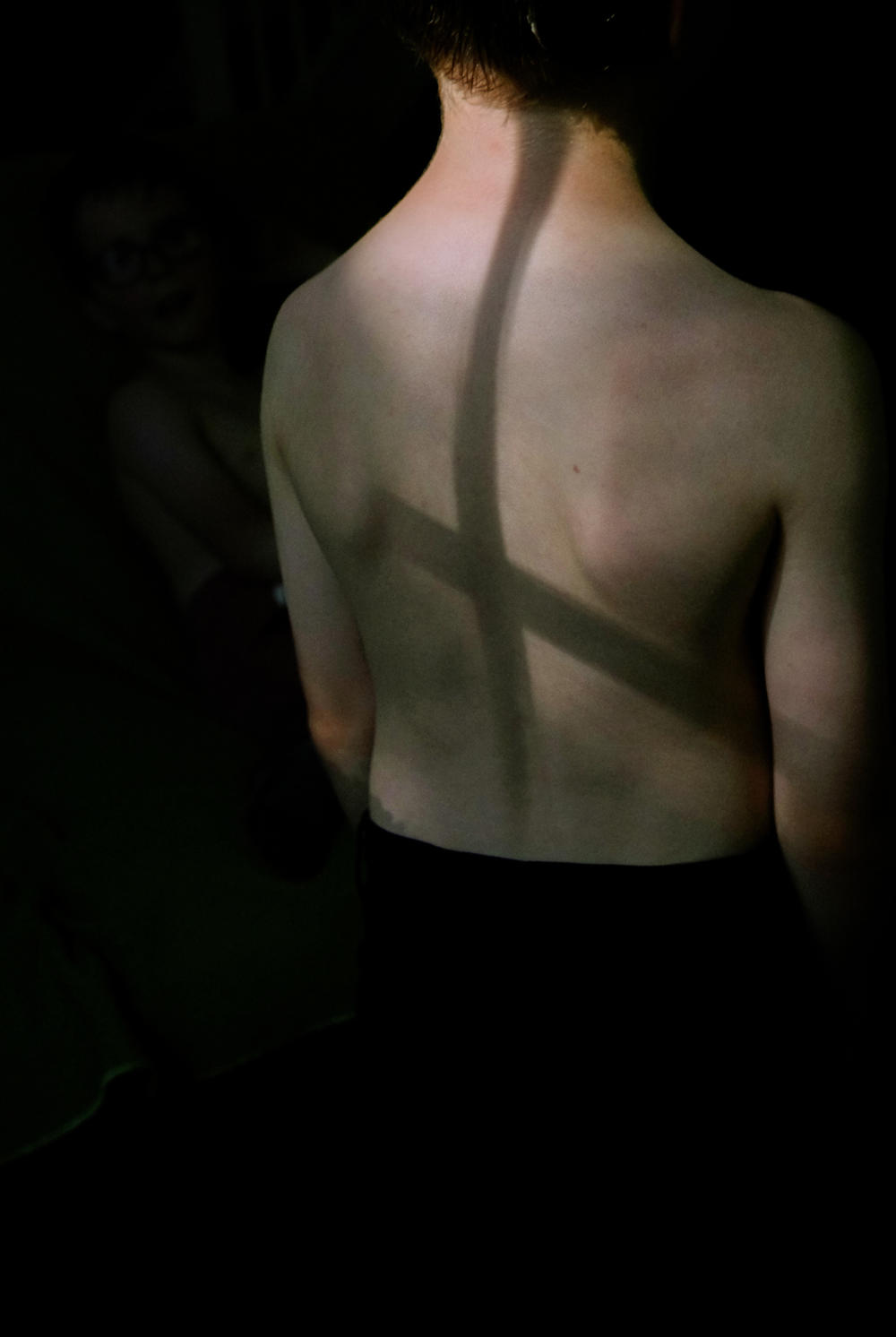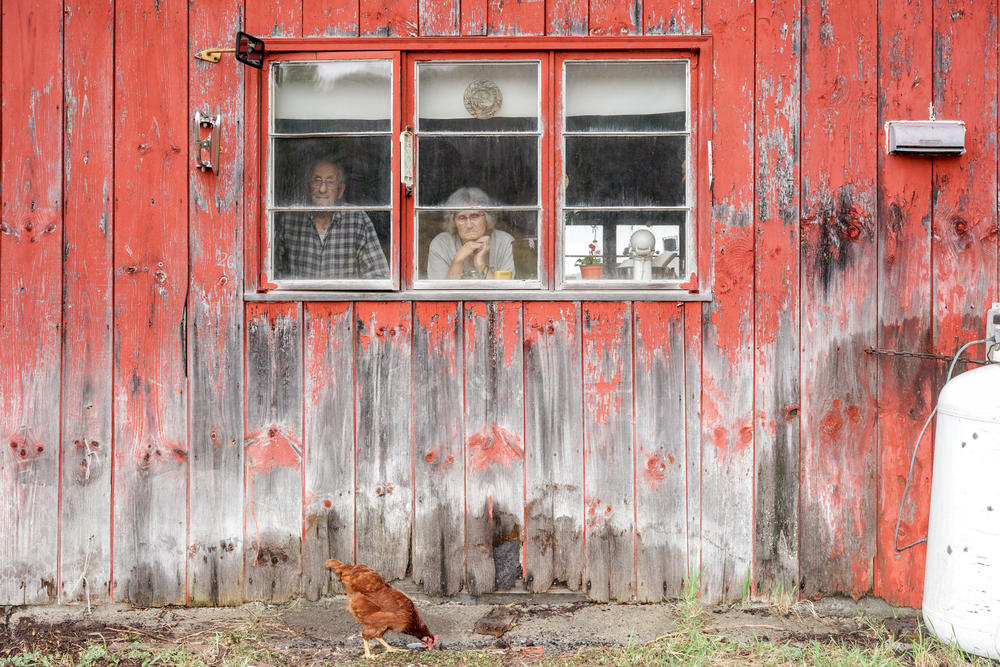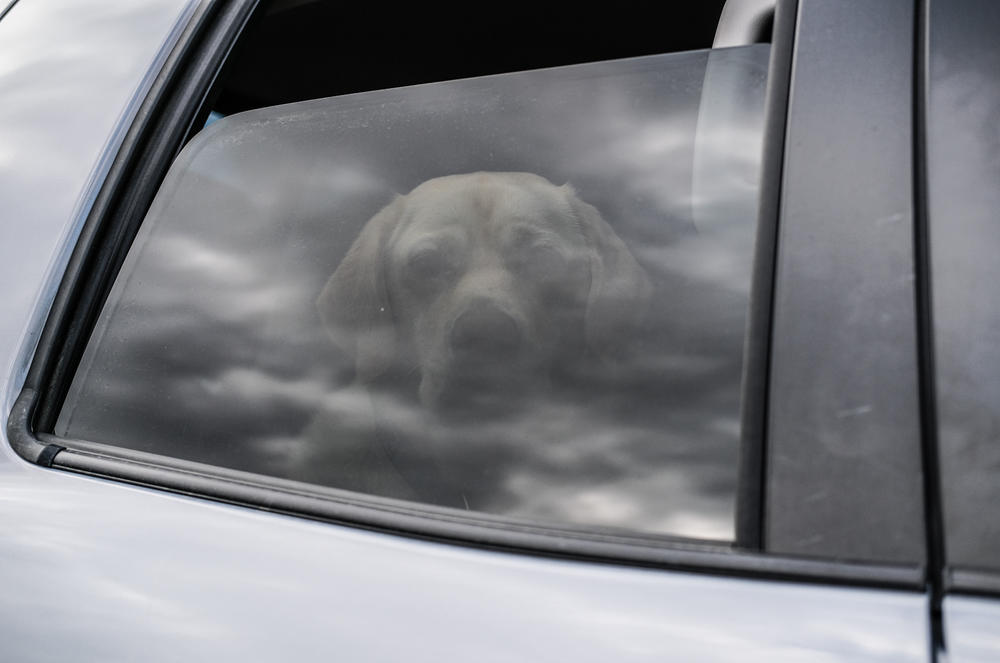Section Branding
Header Content
'Year of the Beast': How Tara Wray Used Photography To 'Process Fear And Uncertainty'
Primary Content
Photographer Tara Wray wanted to capture 2020, the year that had everyone on their toes, in her own way. So she created Year of the Beast — a book that acts as her own diary and captures moments of joy, family and home.
For Wray, as for many of us, this past year was "intensely difficult," she says. "But it also made me look at the world in new ways, which is what I tried to capture. I hope that people will see themselves, or their families or loved ones in these pictures."
Her book is being published by Too Tired Press, a company started by Wray and her partner Kelly Burgess. Their aim is to support artists in getting their work out to the world without having to shell out thousands of dollars.
What does family mean to you?
My kids, my husband, our dog, our home, and the life we've built in rural Vermont — these are the things I focus the majority of my brain power on. Because my art's always been autobiographical and directed by what's going on around me, and because we've spent the last 12 months cloistered together, family has been my muse this past year. The outside world — politics, the pandemic, the general instability of the planet as we know it — these are the tentacles wrapped around our necks.
What role did your children play in this project?
My sons are 10-year-old identical twins. They're intense, thoughtful, intelligent young men with strong-willed personalities. They always have something to say and their own points of view. Such people make good subjects. Unfortunately, they don't always like to have the camera pointed at them, and they're at an age now that they often object to being photographed, so I may not be able to include them in my work going forward.
What does photography mean to you?
Photography gives me a sense of purpose. It helps me to remain present, to be more observant and to interact with the world around me. I also like to think about making pictures in regard to the future. I ask myself, will the photograph I'm taking today be interesting to someone in a hundred years? The pandemic really amplified these feelings. When the lockdown began I felt a sense of urgency to record everything. Even mundane chores seemed like they needed to be documented. I'd wonder if just going to get milk would wind up getting myself or someone I love sick. The camera helped me focus my anxiety in those moments.
It also helps me connect with people. In 2018, I started the Too Tired Project, after the release of my photobook Too Tired for Sunshine (Yoffy Press), which documented my experiences with depression and anxiety. When the book came out I started hearing from people who said they also used photography to help them cope with things in their own lives. I could see that there was an opportunity to build a community around the shared experience of depression and photography, so I launched an Instagram and invited people to share their images and stories by using the hashtag #tootiredproject. The idea was to create a space for anyone experiencing depression to share their work, to break down stigmas, and to promote photography as a therapy for dealing with mental health issues. Over the last two years we've had exhibitions at places like Boston's Museum of Fine Arts, Review Santa Fe, the Leica Gallery in Warsaw, Poland, and we continue to receive and present work from artists all around the world. It's been incredibly therapeutic for me to be a part of this community and also to be of help to others.
What does "Year of the Beast" mean to you?
Photography helps me process fear and uncertainty. This has been such a difficult and tragic year for so many families, and mine has been very fortunate. I feel extremely grateful that the people in my life are healthy, that we have food security, and a safe, stable home. But it's still been an incredibly difficult, emotionally challenging year. The pandemic, the state of our country left me with feelings of dread and sorrow and foreboding, and gave me so many sleepless nights, more this year than any other I can remember, even during periods of my life that were more personally challenging to me. I'd take photos of people at a local swimming hole, just enjoying a sunny day, and I'd feel so many conflicting emotions — the beauty and joy of a summer afternoon, but also this intense existential dread. That's what the title refers to.
How did this project impact your day-to-day life?
I'm never without my camera and am always taking pictures, so the project is a direct product of my day-to-day life. I view this book as a diary of the past year, made in tandem with day-to-day existence, not in spite of it.
What do you think the audience will take away from this book?
It's impossible to know how people are going to respond. Part of making personal work is that you're sharing something of yourself and hoping that the things that resonate with you will resonate with others, but we're all so different, and if you show the same image to 15 people they'll see or feel or interpret 15 different things. For me this past year was intensely difficult, but it also made me look at the world in new ways, which is what I tried to capture. I hope that people will see themselves, or their families or loved ones, in these pictures.
What impact do you hope this book has?
I hope that people will have an emotional reaction to the book, whatever it might be. That they'll feel a sense of place or familiarity, that they'll laugh or be moved, and ultimately that it will help them in some small way. If anyone who looks at the book is inspired to take their own photographs, make their own photographic diary, or find some catharsis from the act of making art, I'd consider that a positive impact.
Why are you self-publishing?
It's more that we're starting a press and the first title happens to be my own. Initially it was a matter of creative control and cost. I had a very specific vision for the book in terms of what images I wanted to use and how I wanted it designed, and I didn't want to give that control to anyone. It also became clear that working with a publisher would cost me more, and require more fundraising, than tackling the book myself. Around this time Kelly Burgess, executive director of the Too Tired Project, suggested that we start a press as an extension of TTP. We realized that we could cover printing costs through pre-sales, get the book directly to our existing audience, and help the Too Tired Project grow.
Why start a press?
Kelly Burgess: Both Tara and I are passionate about bookmaking and publishing, both as a vehicle for sharing our own work and as a way to support other photographers. From each of our experiences, working with a publisher has entailed the artist having to put up tens of thousands of dollars upfront just to get the book off the ground. For me personally, this has always felt both a little predatory as well as limiting the voices of who can publish to those who happen to have money to spare. And in this economy?
So Too Tired Press is really focused on subverting the dominant model in publishing where the artist has to lay out a small fortune upfront. We wanted a platform that was transparent and really focused on being an equitable experience for all involved. We work with the artist to find printers that can take on their project for a reasonable cost and then offer them the ability to do a pre-sale with the idea that a portion of the funds raised during the pre-sale can go towards printing costs, basically allowing the artist to not have to put out much, if any, of their own money upfront.
In addition to being more financially feasible for artists, we are aiming to be a platform for publishing voices outside of the mainstream. I'm particularly passionate about using Too Tired Press as a way to support and publish photographers from marginalized groups — from BIPOC photographers, photographers over 40, rural photographers, queer photographers, etc. We are hoping to establish a diverse and talented group of titles.
What was your focus for the project?
As the lockdown wore on I started to see certain themes and motifs in some of the pictures I was taking, and that became the focus of the book: the drama of everyday life amidst a global pandemic.
Were there any barriers or obstacles while creating this body of work?
I make work primarily for myself and my own well-being, and therefore I try to look at it like there are no wrong answers, no barriers, no obstacles. That's the theory anyway. Once I start to think of sharing my work with others there are doubts that invariably creep in, but I try to shut those out and stay focused on the practice of making work. If I keep doing that the doubts will work themselves out in time (hopefully).
Photographer Tara Wray is based in Vermont. Her book Year of the Beast will be available in March.
Copyright 2021 NPR. To see more, visit https://www.npr.org.
